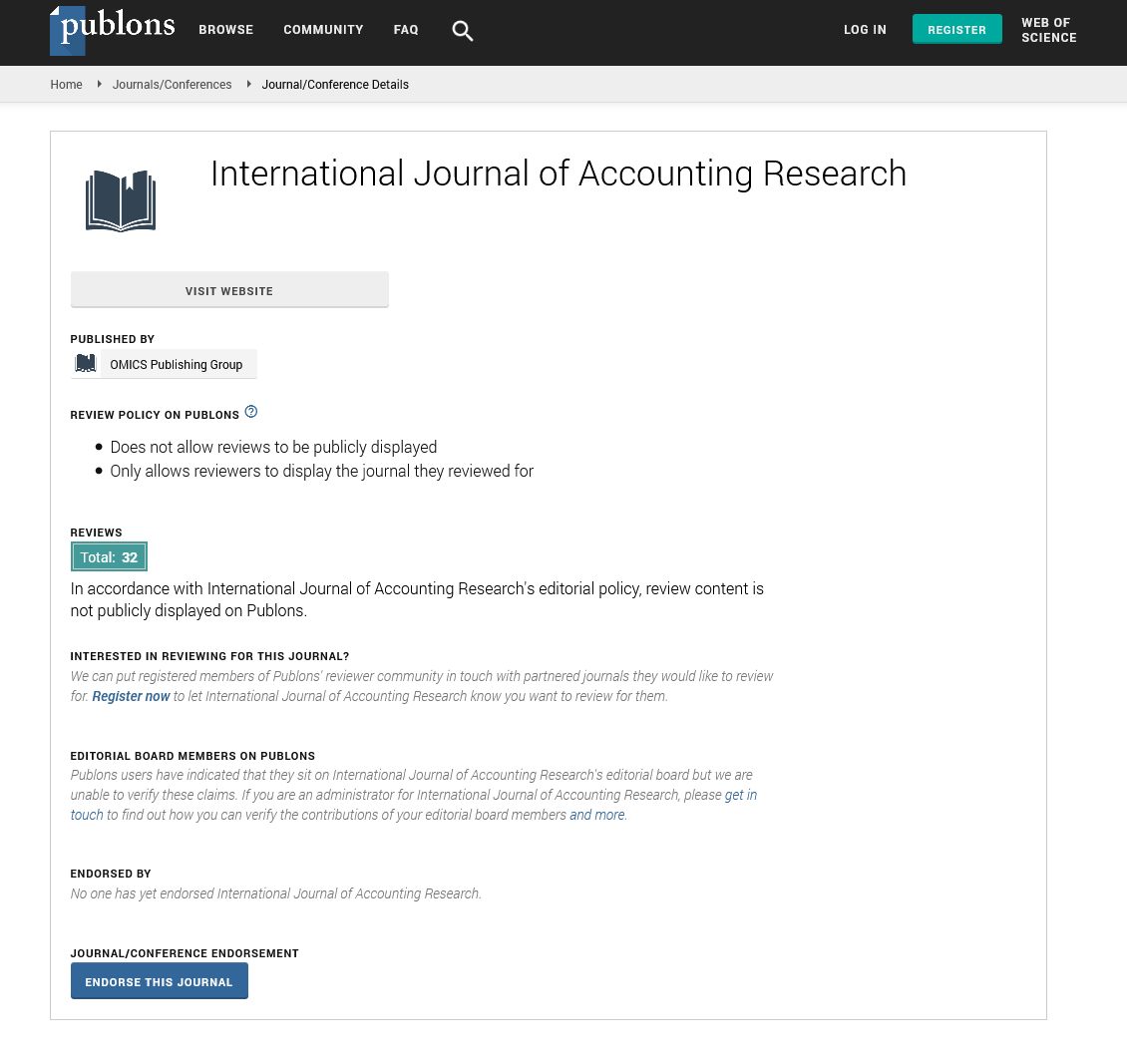Indexed In
- Open J Gate
- RefSeek
- Hamdard University
- EBSCO A-Z
- Scholarsteer
- Publons
- Euro Pub
- Google Scholar
Useful Links
Share This Page
Journal Flyer

Open Access Journals
- Agri and Aquaculture
- Biochemistry
- Bioinformatics & Systems Biology
- Business & Management
- Chemistry
- Clinical Sciences
- Engineering
- Food & Nutrition
- General Science
- Genetics & Molecular Biology
- Immunology & Microbiology
- Medical Sciences
- Neuroscience & Psychology
- Nursing & Health Care
- Pharmaceutical Sciences
Short Communication - (2022) Volume 10, Issue 9
Energy Liquid Micro-Sheet Design and Analysis Using Computers
Zheng Guoting*Received: 05-Sep-2022, Manuscript No. IJAR-22-18256; Editor assigned: 08-Sep-2022, Pre QC No. IJAR-22-18256 (PQ); Reviewed: 26-Sep-2022, QC No. IJAR-22-18256; Revised: 01-Oct-2022, Manuscript No. IJAR-22-18256 (R); Published: 08-Oct-2022, DOI: 10.35248/2472-114X.22.10.295
Description
In order to conduct experiments in spectroscopy and scattering that need a short optical path, this work aims to quantitatively analyze the behavior of microscopic gas-focused liquid sheets in terms of material qualities, nozzle structure, and operating circumstances. The numerical simulations of a gas flow focusing nozzle that may produce a stream of parallel, micrometer-thin liquid sheets are displayed [1]. The nozzle construction consists of two circular capillaries that provide the focusing gas flow in a converging manner from opposite directions, as well as a central circular capillary for the delivery of the liquid. High-velocity gas jets impinging create a thin liquid sheet with an oval shape that gradually compresses downstream and takes on a similar shape in the plane perpendicular to the initial sheet. With another contraction, the process is repeated farther down, resulting in the formation of the tertiary sheet, which is now present in the same plane as the primary sheet. This generates a liquid jet made up of several, parallel, micrometer-thin liquid sheets. For a compressible two-phase system, the three-dimensional conservation equations of mass, energy, and momentum are solved using both the algebraic volume of fluid method and the finite volume approach [2]. A thin oval-shaped liquid sheet is formed by the impingement of high-velocity gas jets. As the sheet gradually compresses downstream, it assumes a similar shape in the plane perpendicular to the original sheet. The process is repeated lower down with another contraction, creating the tertiary sheet, which is now located in the same plane as the main sheet. By doing this, a liquid jet made of numerous parallel, micrometer-thin liquid sheets is produced. Both the algebraic volume of fluid method and the finite volume approach are used to solve the three-dimensional conservation equations of mass, energy, and momentum for a compressible two-phase system.
Numerous scientific and engineering applications make use of the manipulation of fluid flows at tiny dimensions . Such flows have been employed experimentally for a long time to produce droplets of various sizes, jets of different diameters, and sheets of various widths. These types of flows can be explored through simulations to developments in numerical modelling and processing power. One such use is the Gas Dynamic Virtual Nozzle (GDVN), which concentrates a stream of liquid into a micrometer-sized cylindrical jet that finally disperses into droplets by means of the passage of a compressible gas through an axisymmetric nozzle throat. In their preceding work, the simulated and experimental data for the jets generated by GDVNs were compared [3]. Additionally, they investigated how different liquid characteristics, nozzle designs, and focusing gas types affected the cylindrical jet breakup.
For investigations in infrared, x-ray, and electron spectroscopy as well as high-resolution time-resolved techniques, ultra-thin liquid sheets are of tremendous interest. Recently, it was reported that liquid sheets as thin as 20 nm may be generated. Such liquid sheets preserve biological samples in their natural liquid habitat while remaining thin enough to prevent relevant signal from the samples from being obscured by diffuse liquid scattering. The investigation of quick chemical reactions in water radiolysis is another recent use of liquid sheets [4]. Thin liquid sheets are needed to study the dynamics of highenergy radiation's interaction with water, which is a very difficult task.
Two liquid jets colliding at an oblique angle to create a converging liquid sheet with ambient droplets detaching from the sheet rims served as the subject of experimental investigation on liquid sheets. On the basis of the potential flow assumption, theoretical treatment was presented. As a result, it was possible to forecast the sheet thickness as a function of downstream position and compare theoretical predictions to experimentally obtained values. Experimental observations of obliquely colliding laminar jets revealed a variety of distinct sheet morphologies, including fluid chains with stable rims and fishbone formations. Sheets can be formed on a centimeter scale through the process of colliding jets [5]. In a different investigation, a single fluid nozzle was used, and the liquid gained momentum in the nozzle's convergent region before spreading laterally as it exited the orifice.
Surface tension forces counteracted the effects of liquid expanding in a span wise direction, allowing successively perpendicular liquid sheets to form. They were able to suggest scaling equations that relate the thickness, length, and width of the primary sheet with flow conditions and nozzle design by conducting an experiment and using the numerical model, which determined the momentum flux ratios at the nozzle exit. A brand-new technique for creating liquid sheets was just unveiled. This technique makes use of a dual-fluid nozzle where the liquid is focused by a fast-moving gas. A stable liquid sheet is created as a result, which can be as thin as a few tens of nanometers.
REFERENCES
- Joshi AK, Kumar A, Raghavan V, Trubachev SA, Shmakov AG, Korobeinichev OP, et al. Numerical and experimental study of downward flame spread along multiple parallel fuel sheets. Fire Safety Journal. 2021; 125:103414.
- Jeevanandam P, Rajasekaran D, Sukumar P, Nagarajan V. In-house spread sheet based monitor unit verification program for volumetric modulated arc therapy. Physica Medica. 2014; 30(4):509-512.
[Crossref] [Google Scholar] [PubMed]
- Saha P, Horikoshi K, Takahashi A. Performance of sheet pile to mitigate liquefaction-induced lateral spreading of loose soil layer under the embankment. Soil Dynamics and Earthquake Engineering. 2020; 139:106410.
- Rybanin SS. Structure and properties of diffusion flame spreading over thermally thin fuel/inert sheet. Proceedings of the Combustion Institute. 2011; 33(2):2457-2464.
- Zhang Y, Ji J, Li J, Sun J, Wang Q, Huang X. Effects of altitude and sample width on the characteristics of horizontal flame spread over wood sheets. Fire Safety Journal. 2012; 51:120-125.
Citation: Guoting Z (2022) Energy Liquid Micro-Sheet Design and Analysis Using Computers. Int J Account Res. 10:295.
Copyright: © 2022 Guoting Z. This is an open-access article distributed under the terms of the Creative Commons Attribution License, which permits unrestricted use, distribution, and reproduction in any medium, provided the original author and source are credited.


